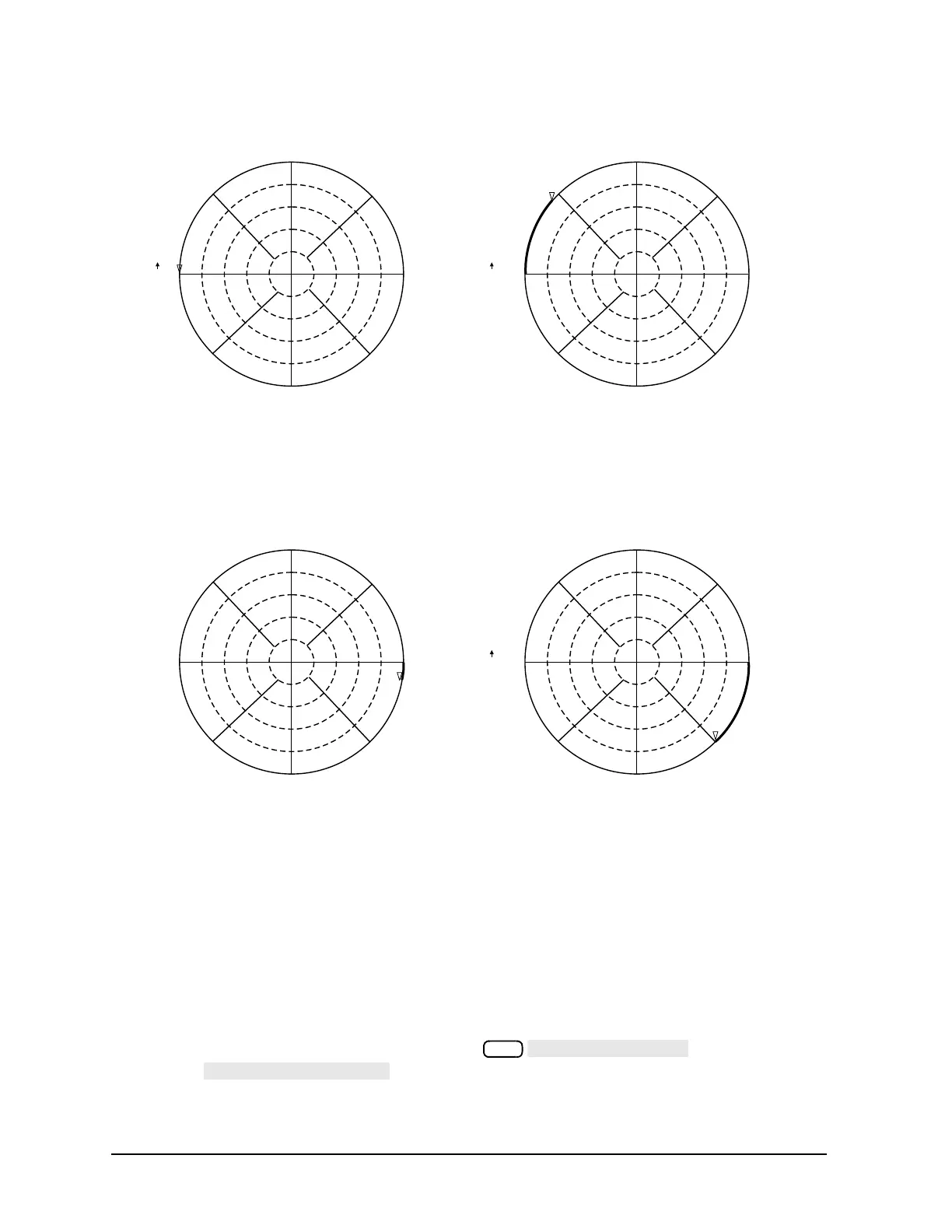6-8
Calibrating for Increased Measurement Accuracy
Calibration Considerations
Figure 6-1 Typical Responses of Calibration Standards after Calibration
Interpolated Error Correction
You may want to use interpolated error correction when you choose a subset of a frequency range that you
already corrected, when you change the number of points, or when you change to CW. This feature also
allows you to change the parameters in a 2-port correction, such as IF bandwidth, power, or sweep time. The
analyzer calculates the systematic errors from the errors of the original correction.
To activate interpolated measurement correction, press so that ON is
selected, and so that ON is selected. When interpolation is in use, the notation
C will appear on the analyzer display.
1
1
1
1
START
START
START
START
CH1 S
11
1UFS
CH1 S
11
1UFS
CH1 S
11
1UFS
CH1 S
11
1UFS
1: 998.84 mU -179.92°
1: 998.25 mU -11.779°
1: 999.62 mU 142.07°
1: 999.1 mU -44.561°
STOP 3
STOP 3
STOP 3
STOP 3
.300 000 MHZ
.300 000 MHZ
.300 000 MHZ
.300 000 MHZ
000 000 000 MHZ.
000 000 000 MHZ.
000 000 000 MHZ.
000 000 000 MHZ.
3 000 000 000 MHz.
3 000 000 000 MHz.
3 000 000 000 MHz.
3 000 000 000 MHz.
Cor
Cor
Cor
Cor
7mm or Type-N Male
Short (No Offset)
7mm or Type-N Male
Open (No Offset) with Fringing Capacitance
Type-N Female,
3.5mm Male or Female Offset Short
Type-N Female
3.5 mm Male or Female Offset Open
pa5162e

